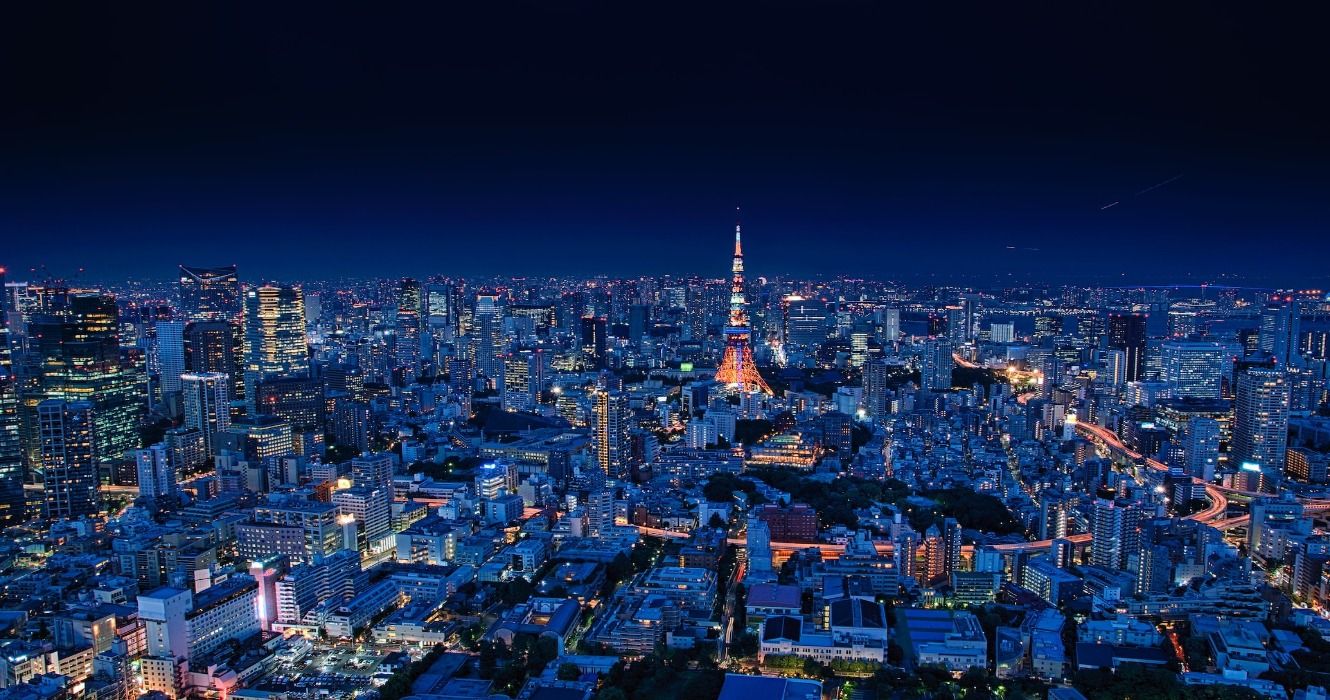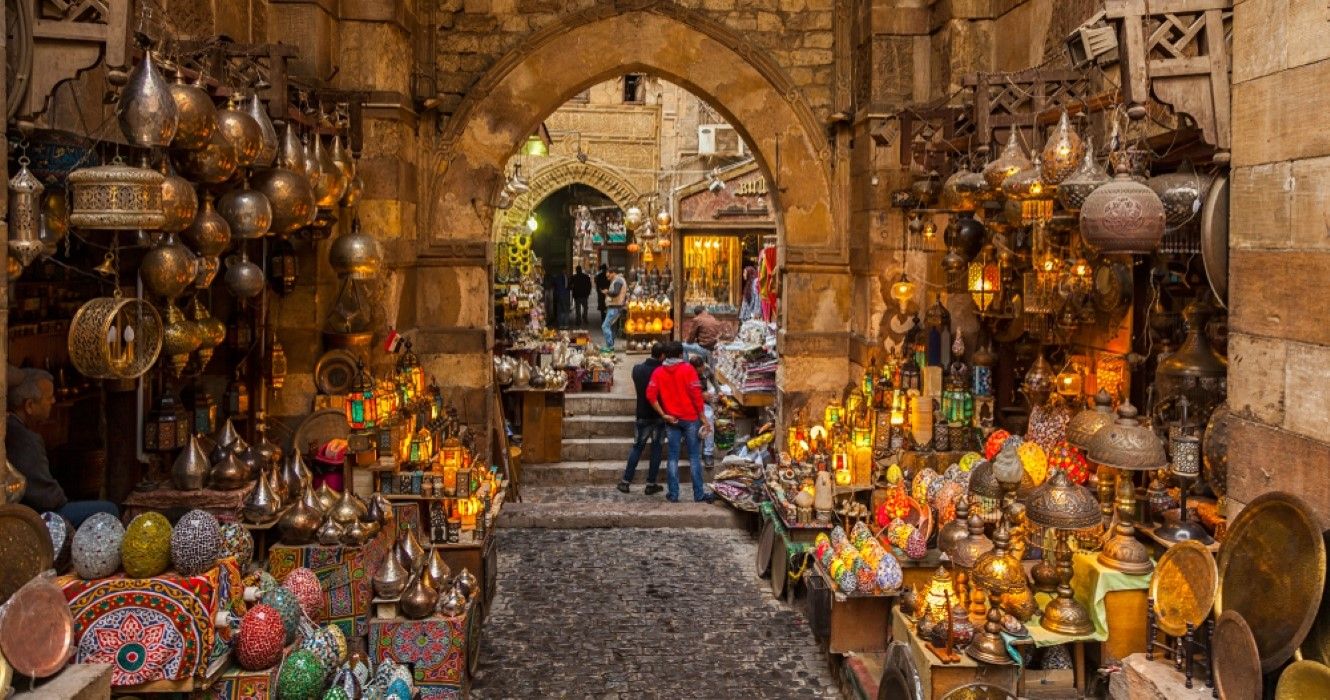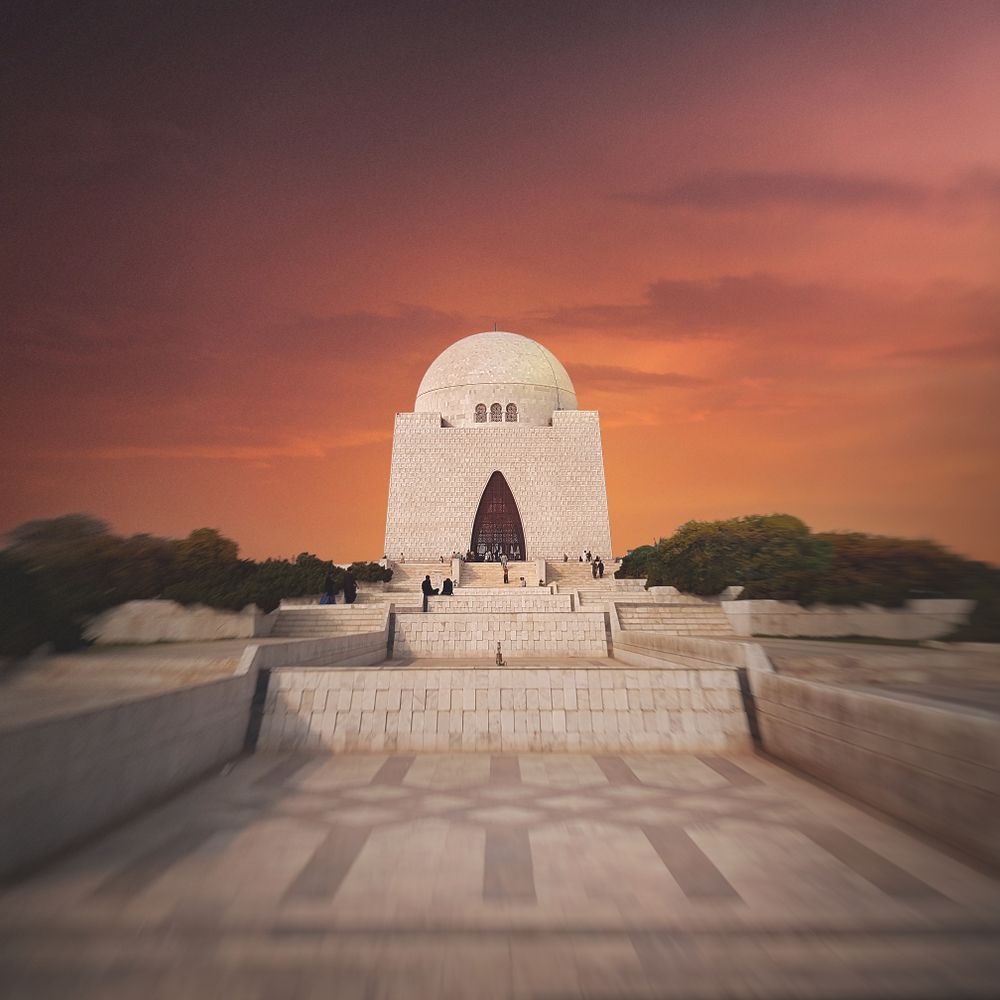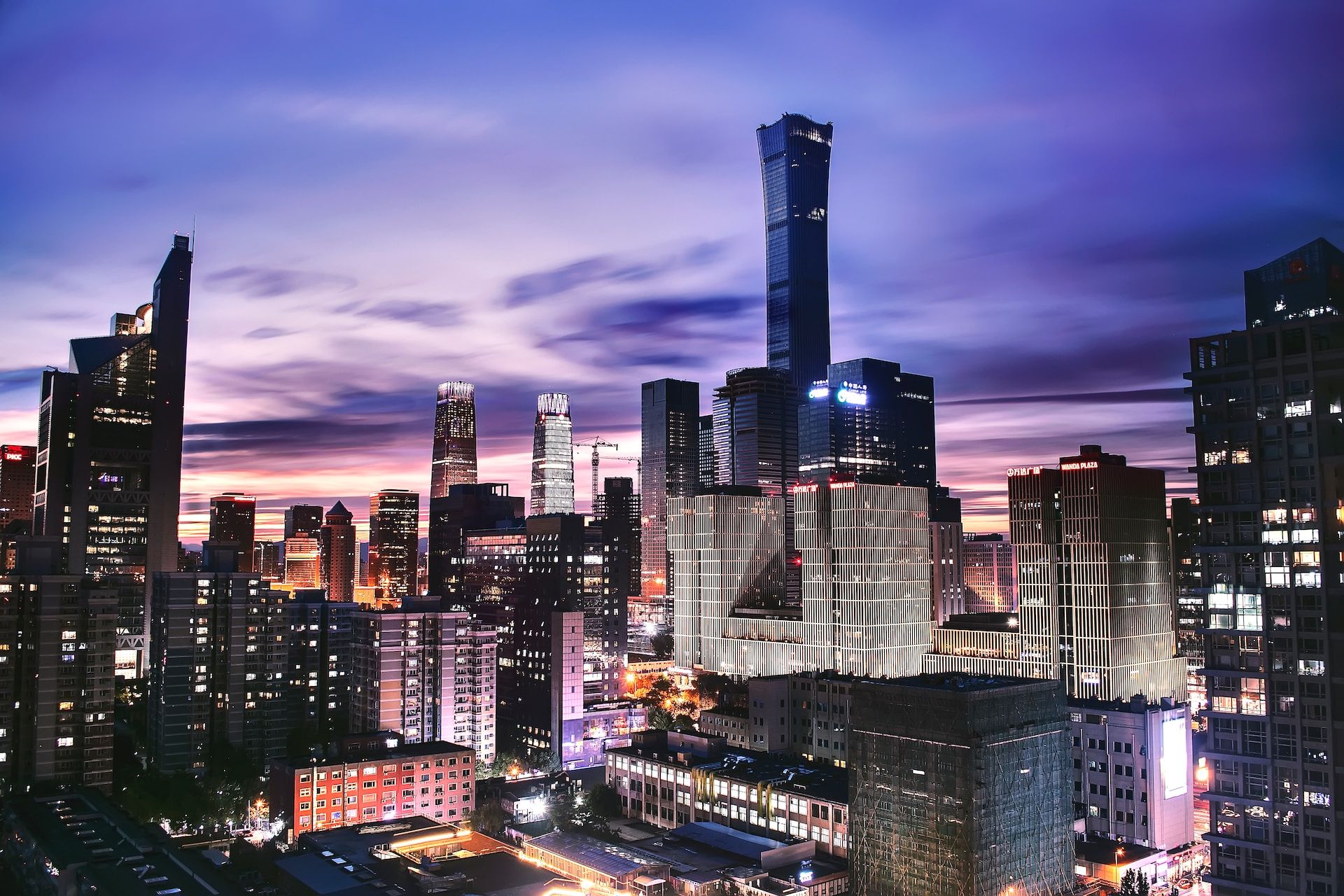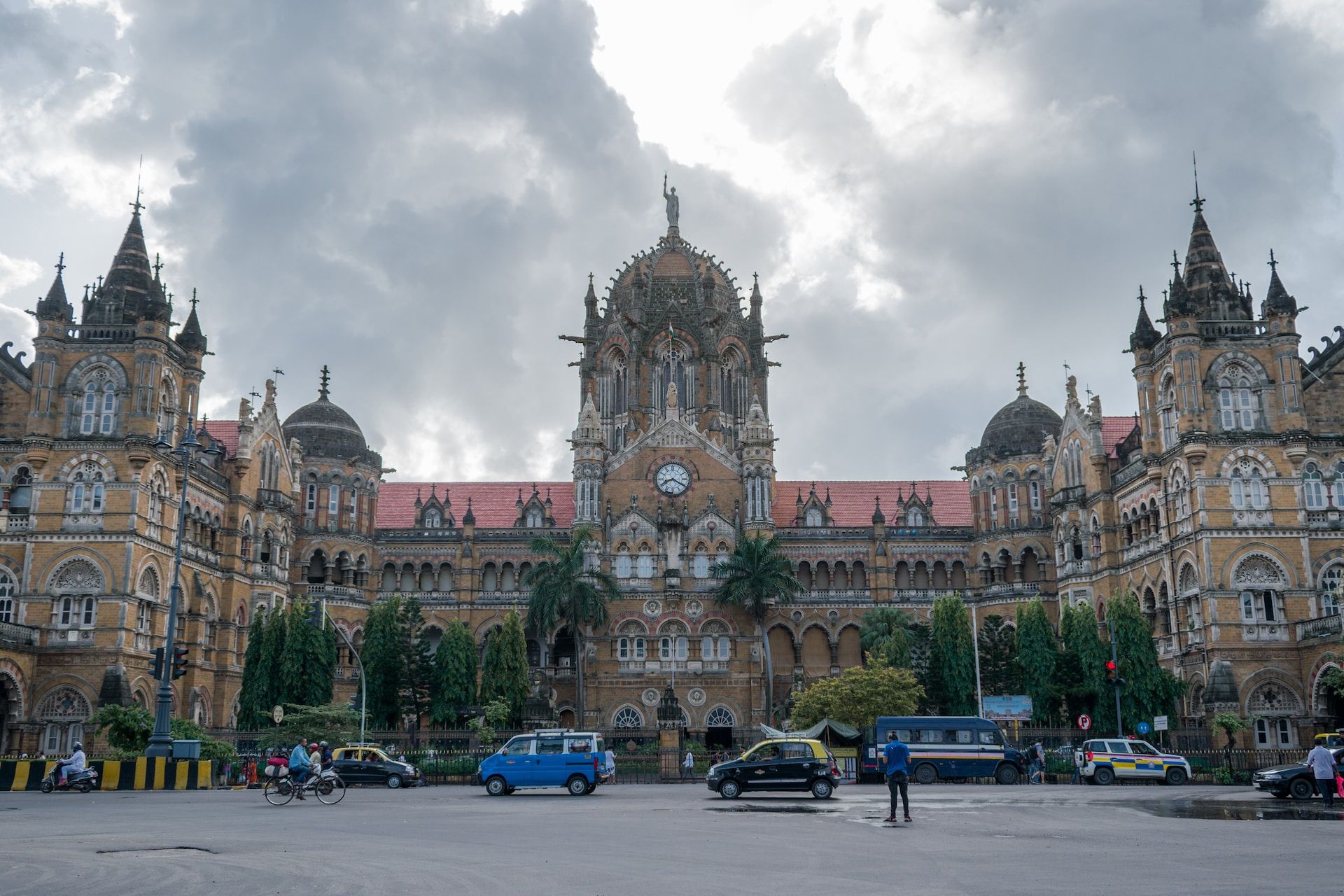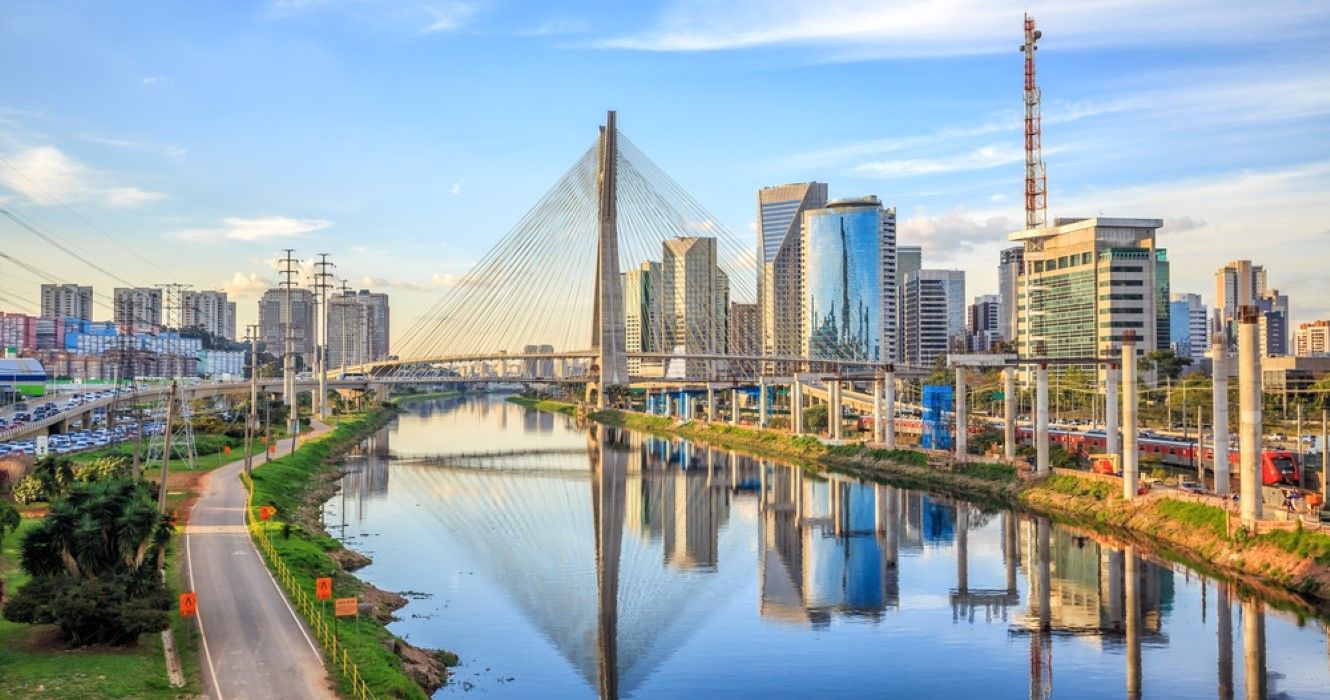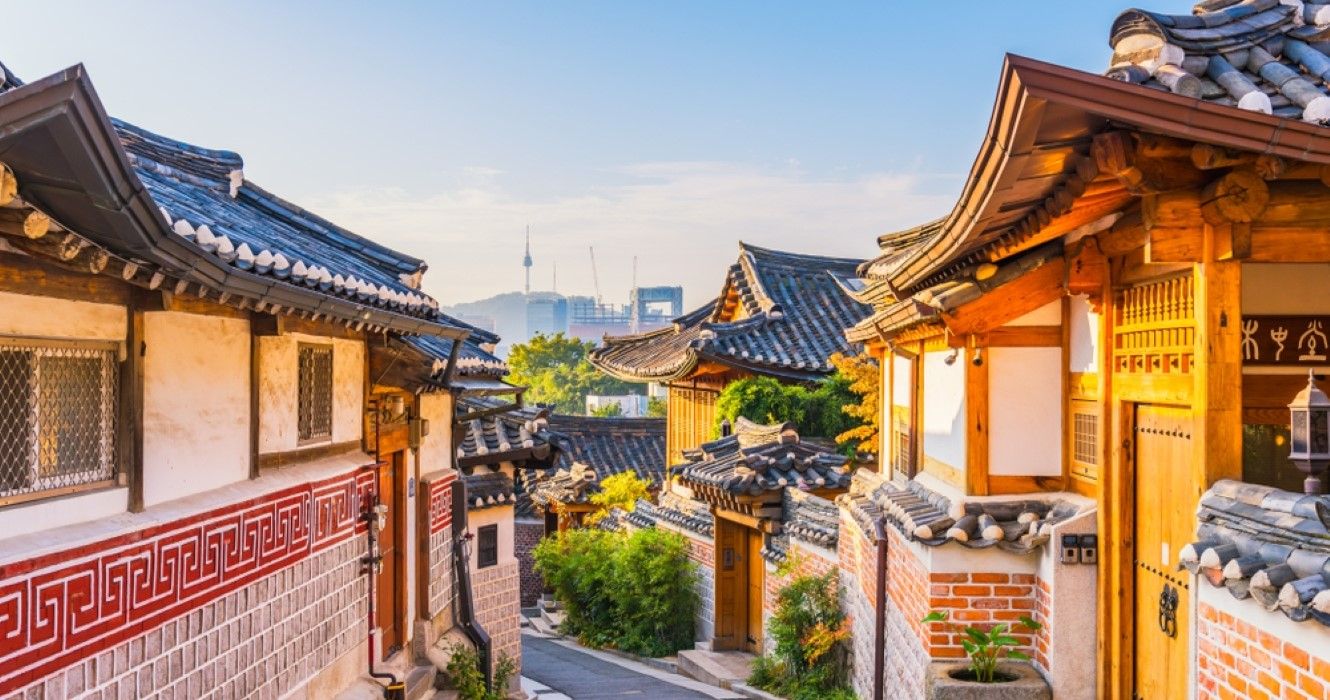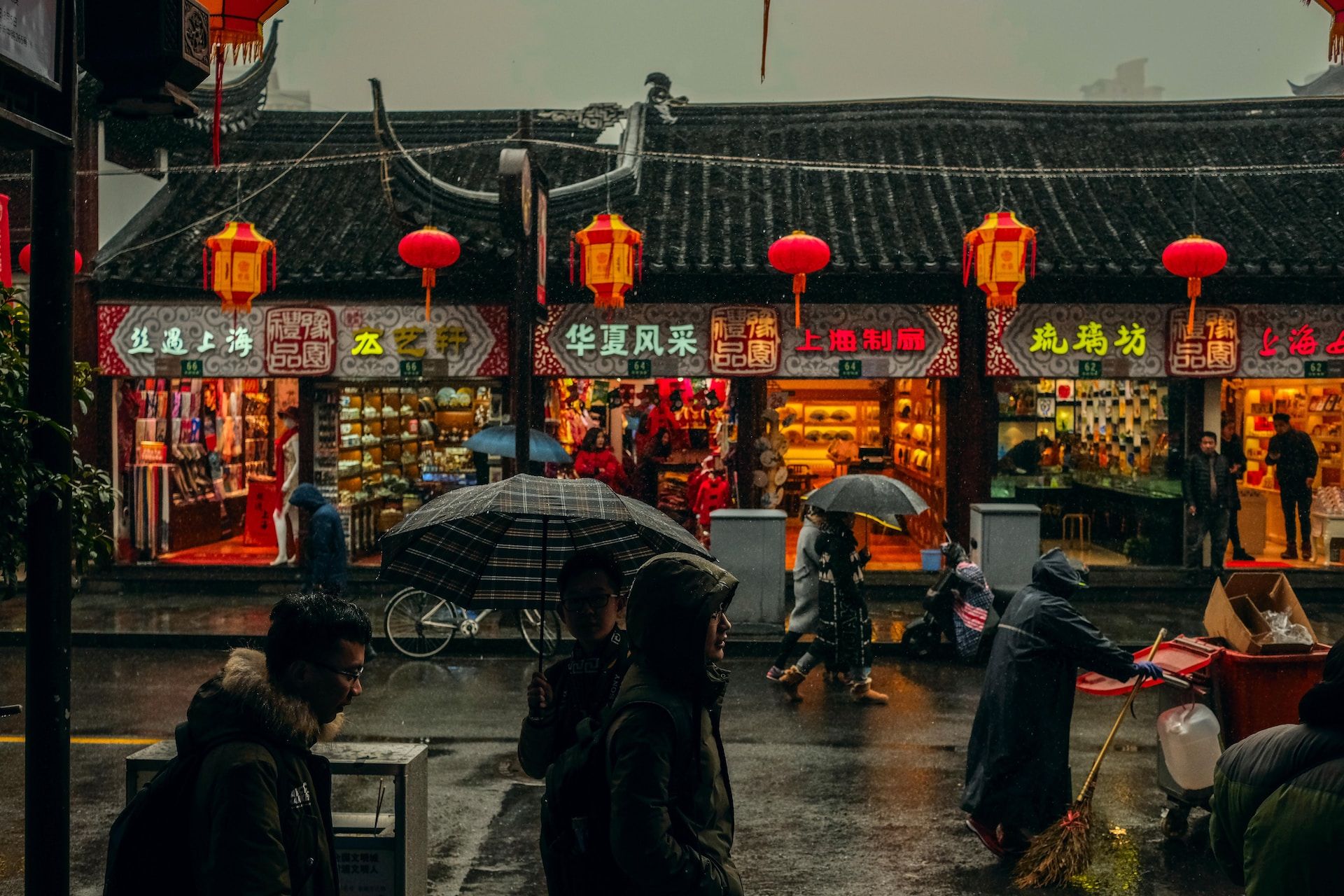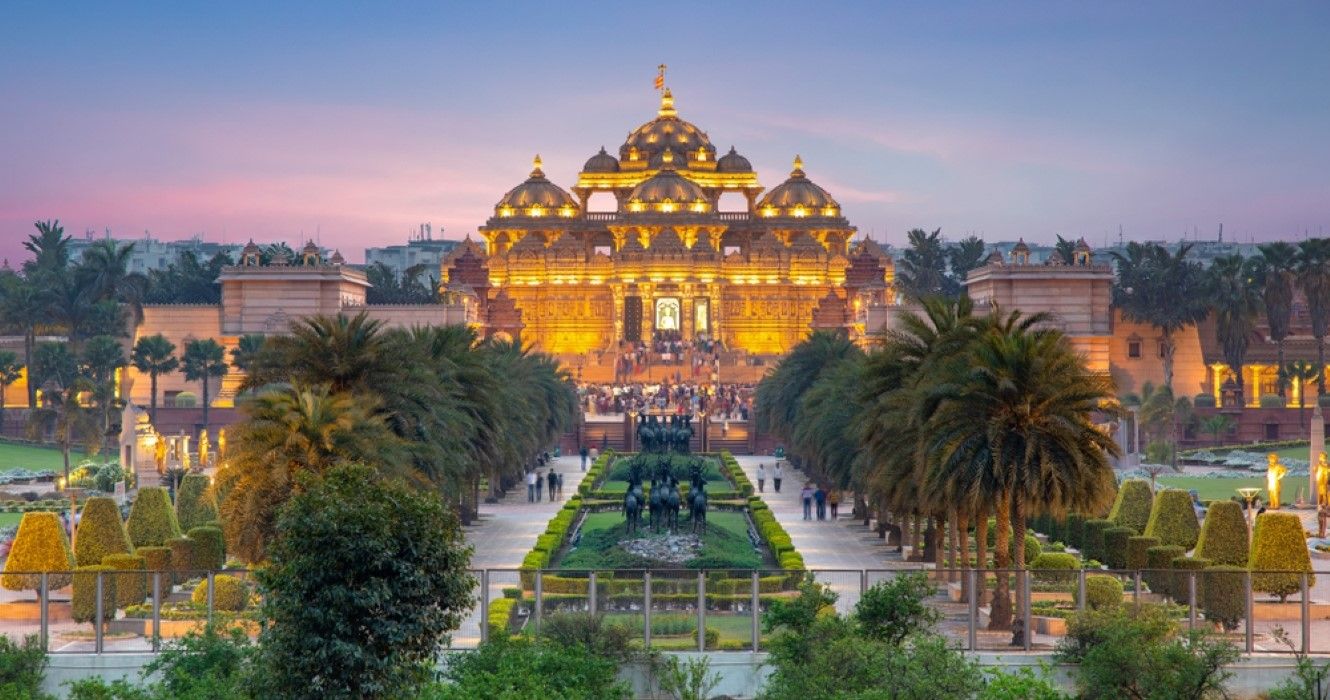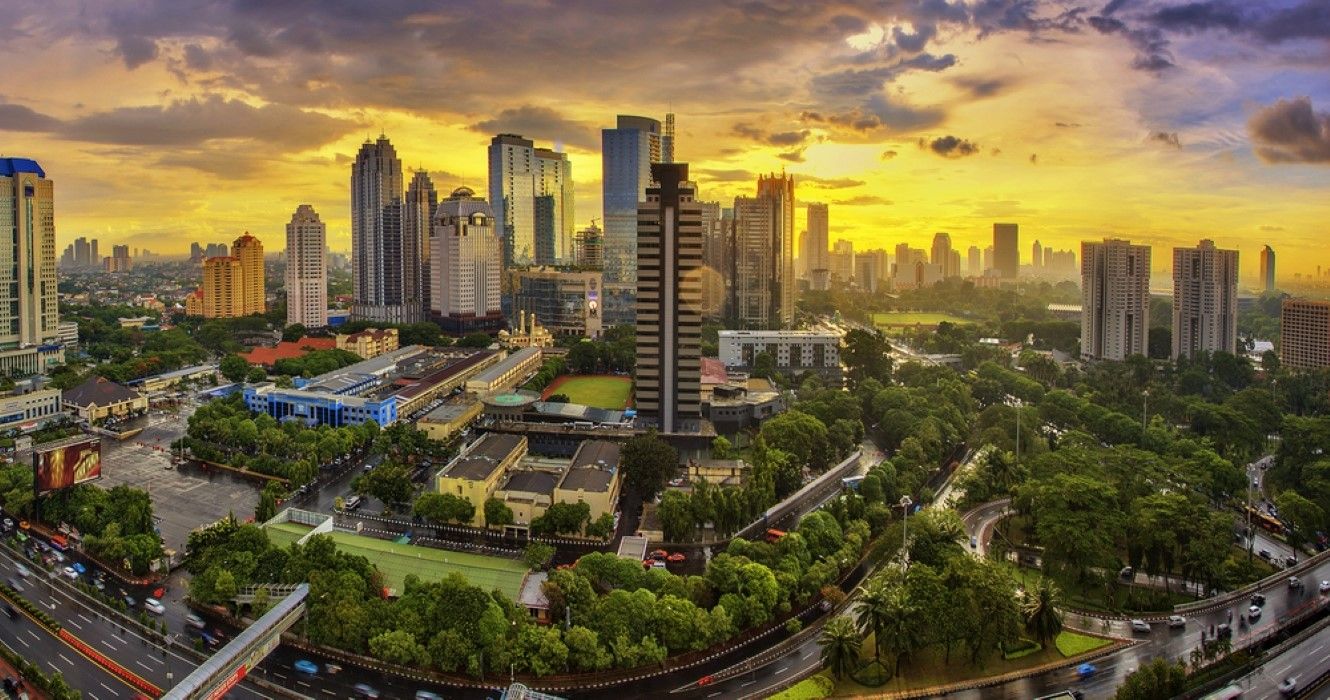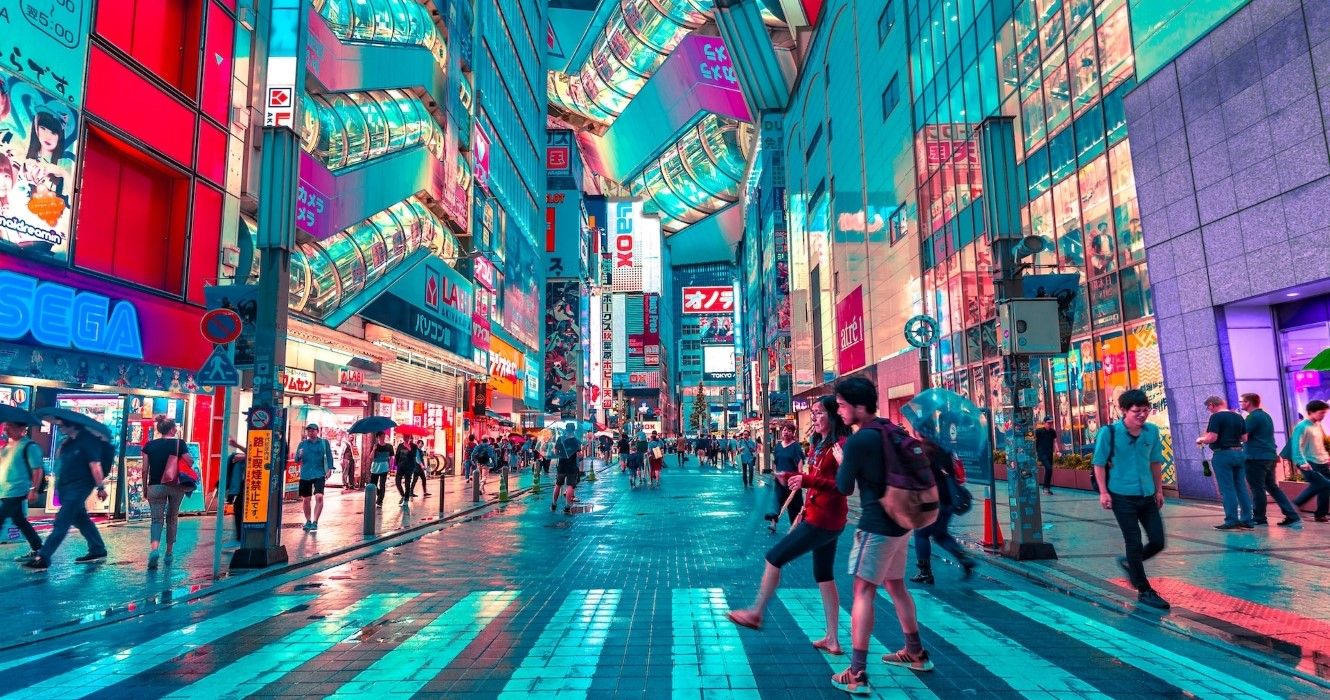All the world's largest cities and bustling metropolises are characterized by diversity, vibrancy, and complexity, offering visitors a glimpse into the heart of modern civilization. From the high-rise skyscrapers of Tokyo to the historic temples and shrines of Delhi, these massive cities are home to some of the world's most iconic landmarks and attractions.
Coming up is a list of some of the largest metropolises and biggest cities in the world to provide an inside look into the beating heart of these global communities. So, buckle up and get ready to explore the secrets of these incredible mega-cities.
10 Cairo, Egypt
Located on the banks of the Nile River in the north of the country, the city of Cairo is the capital and the largest city in Egypt and one of the largest cities in Africa and the Middle East, with a population of around 18.7 million. Why visit Cairo? This city is famous for its rich cultural heritage and historical sites, with bustling marketplaces exhibiting ancient crafts, including a vast collection of ancient artifacts and mummies.
Besides the numerous tourist attractions, Cairo is a major economic and political hub housing various industries, including textiles, tourism, and food processing, making it one of the major metropolis in the world.
9 Karachi, Pakistan
Nestled on the coast of the Arabian Sea, Karachi is the capital of Sindh and one of the world's largest and most populous cities. With a population of 20 million, Karachi is known for its rich cultural diversity, with residents from various ethnic and religious backgrounds.
As a major economic and commercial center, the city plays a crucial role in the country's economy, with a thriving textile sector and major corporate and financial institutions. The high crime rate and unavailability of necessities such as electricity and drinking water are some of the severe challenges faced by this big metropolis.
8 Beijing, China
Located in northern China, near the border with Inner Mongolia, Beijing is the capital city of the People's Republic of China and one of the largest cities in the world, with a population of around 20.4 million people. The city features major political and cultural sites with important landmarks and tourist attractions, including the Temple of Heaven, the Forbidden City, and the Summer Palace.
Being a huge economic and financial center, with many multinational corporations and financial institutions, Beijing also has a number of challenges, like other major metropolises, such as traffic congestion, air pollution, and housing affordability.
7 Mumbai, India
With a population of around 21 million people, Mumbai, the largest city in India and the capital of the state of Maharashtra, is undoubtedly one of the most populous cities in the world. The city is known for its rich cultural heritage with a blend of modern metropolitan vibe. Mumbai is also constantly expanding its offerings as it develops, too, with new attractions such as the Jio World Centre opening up to accommodate the population.
As a major commercial and financial hub of the country, Mumbai hosts India's leading banks and the country's film industry with multiple studios and production companies. Besides all the financial activities, Mumbai also has some challenges, such as poverty, and lack of basic infrastructure and transport facilities, playing a hurdle in the progress of the city.
6 São Paulo, Brazil
With a population of around 21.8 million people, São Paulo is the capital of the state of São Paulo and one of the biggest and most populated cities in the world. Located in the southeastern side of Brazil, the city is popular for its vibrant culture, diverse population, and thriving arts scene.
Being the center of economic activity, the city is home to numerous international airports, leading businesses, and financial institutions. However, like any other big city, Sao Paulo has some dark sides, such as the high crime rate, poverty, and traffic congestion.
5 Seoul, South Korea
Situated in the northwest part of South Korea, Seoul is the capital city and a sprawling metropolis with a population of around 26 million people, making it one of the largest cities in the world. Because it's so large, travelers can spend a week in Seoul to see its best attractions.
The city is particularly renowned for its ultra-modern architecture and rich cultural roots. Like any other big metropolis, Seoul also serves as a center for multinational corporations, financial institutions, and startups. Besides all the financial and cultural activities, the city has a poor air quality index and a traffic congestion problem that needs the attention of the higher authorities of the country.
4 Shanghai, China
Shanghai is a bustling megacity located in eastern China, with a population of around 27.1 million. It is the largest city in China by population and one of the largest cities in the world. The city is known for its incredible futuristic skyline, with many skyscrapers and iconic buildings such as the Oriental Pearl Tower and the Shanghai Tower.
As a global hub and a major center for trade and commerce, Shanghai plays a significant role in China's economy. However, despite all the development, Shanghai still faces challenges such as air pollution and traffic congestion.
3 Delhi, India
With a population of around 30.3 million people, Delhi is a metropolis located in northern India, one of the most populous cities in the world. Being the capital city of India, it's no surprise that Delhi offers plenty of adventurous things to do and see. It's also the center of the country's political and administrative activities, with many of India's leading businesses, financial institutions, and startups.
Delhi has a rich history and culture, with many historical landmarks and monuments, such as the Qutub Minar, Red Fort, and Humayun's Tomb, reflecting diverse cultural influences. However, the city does have some challenges, including the poor air quality index and traffic congestion.
2 Jakarta, Indonesia
With a population of around 33.9 million people, Jakarta, the capital city of Indonesia, is one of the most populous cities in the world. The city is famous for its rich food scene and vibrant culture, with many museum theaters, art galleries, and cultural centers exhibiting the country's rich history.
Additionally, the city features many financial institutions, businesses, and startups, making it a major hub for trade in Southeast Asia. However, the city is no less than other big metropolises and comes with its own set of problems, such as pollution and climate change.
1 Tokyo, Japan
Inhabiting a population of around 37.4 million people, Tokyo is the bustling capital city of Japan, one of the most populous cities in the world, and the center of Japan's politics, economy, and culture. Many travelers choose Japan's capital as a vacation destination, but some also spend a layover in Tokyo and spend a short amount of time in the city to see what it has to offer.
Besides all the development, Tokyo still retains many of the traditional Japanese cultural aspects, including the historic temples and shrines dotting the city's landscape. Additionally, the city is a popular tourist hub with numerous attractions and lively nightlife offering visitors shopping, dining, and entertainment opportunities.

